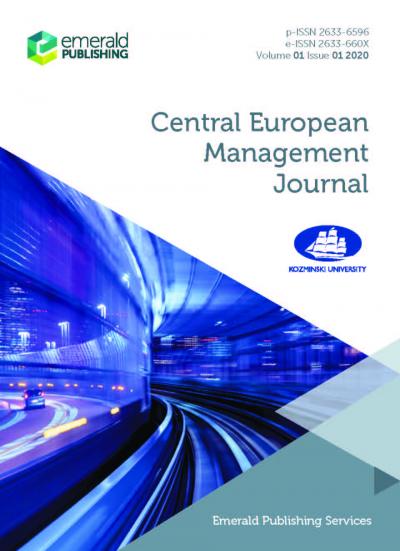Does Psychic Distance Still Matter? Empirical Evidence from Poland
Krzysztof Fonfara
Poznań University of Economics and Business
Aleksandra Hauke-Lopes
Poznań University of Economics and Business
Marcin Soniewicki
Poznań University of Economics and Business
12/2021 29 (4) Central European Management Journal
DOI 10.7206/cemj.2658-0845.59








